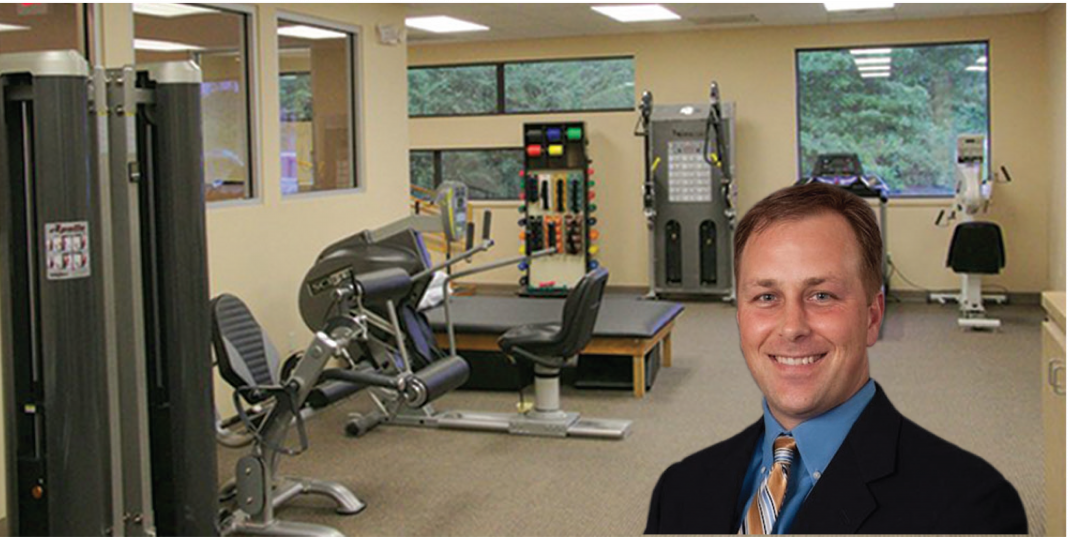Back To Health: Turf Toe
What is it?
“Turf toe” is the lay term for a sprain/strain of the big toe. It is a very painful injury and very debilitating, as the big toe is a powerful and important lever for proper walking patterns.
What causes it?
A sprain/strain is a stretching of tissues and usually occurs with a sudden stretch or when excessive force is applied to the ligaments and tendons. In addition, the toe has two accessory bones (sesamoid bones) that are located within the flexor tendon on the bottom/base of each toe. If a sudden force is applied to the area, you can bruise/inflame those bones which results in “turf toe”. NOTE-There are many sesamoid bones (a bone located within a tendon that increases the tensile force of the tendon) in the body. Can you name the largest sesamoid bone in the body? (See answer at end of article.)
How can I treat it?
Ice for 10-15 minutes to reduce pain.
Anti-inflammatories (ibuprofen or naproxen) daily for a 2-3 week period. Before taking these medicines, please check with your primary care physician if you have any liver, kidney, or stomach conditions.
Mild Stretching to improve calf flexibility and pain-free range of motion of the toe.
1st Ray Cutout Insert and/or a Steel Inlay Insert – As pictured below, a 1st ray cutout insert can be placed into the shoe to reduce the bending demand on the big toe. In addition, a thin steel plate insert (placed below the 1st ray cutout) can be used to create a springboard effect on the foot that will reduce the strength demands to the big toe. These inserts can be used for a short timeframe (2-3 months) to allow the toe to heal.
Turf toe can be a very frustrating condition and has shortened the careers of many professional athletes. If these 1st line treatments do not resolve the problem, the patient can present for formal rehabilitation that may include ultrasound, iontophoresis, therapeutic exercise/stretching. For resistant cases, an orthopedic surgeon can inject a steroid into the area or, as a last resort, perform a sesamoidectomy procedure to resolve the condition.
Answer: The patella (knee cap) is the largest sesamoid bone in the body, it greatly increases the strength of the quadriceps.
Dr. Custer is the owner/operator of Better Care Chiropractic & Physical Therapy. Better Care is a full service Chiropractic and Physical Therapy Center. Dr. Custer combines his 15 plus years of experience in injury rehabilitation (as an athletic trainer) with his chiropractic education to promote a fast and efficient recovery process.
If you have questions/comments/suggestions, please feel free to contact Dr. Custer at [email protected]















